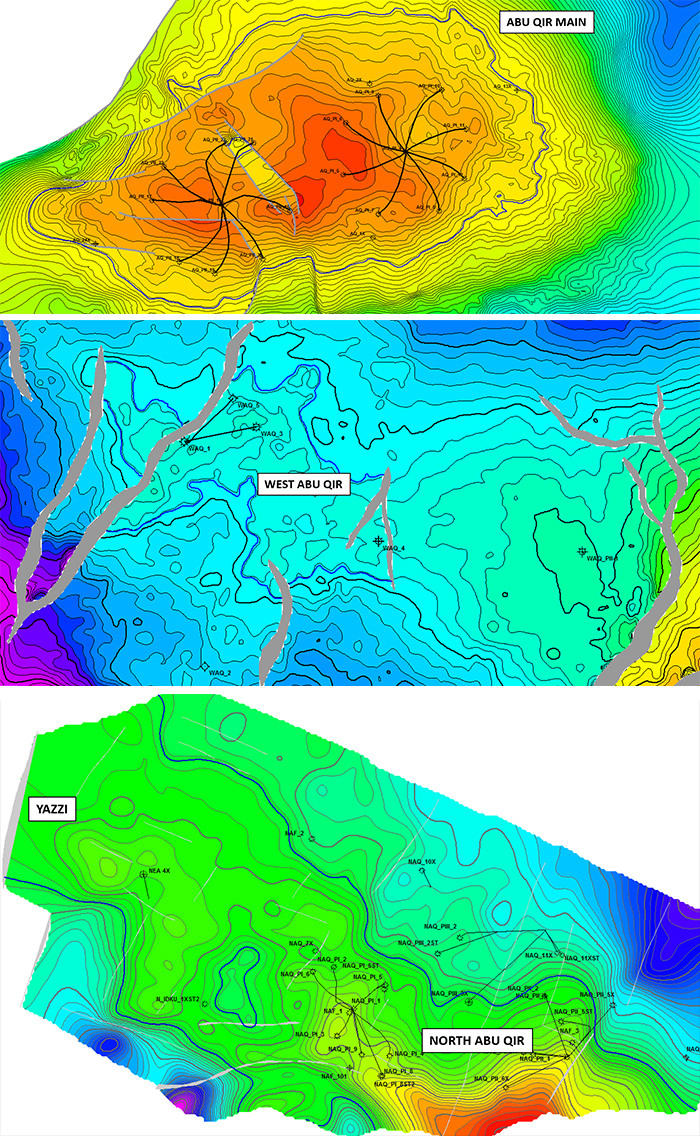Abu Qir
- Home
- Operations
- Egypt
- Abu Qir

The Abu Qir concession is the oldest gas production area in the Mediterranean Sea, located in the shallow waters of Abu Qir Bay in the West Nile Delta of Egypt. It remains one of the largest gas producing hubs in Egypt, and comprises three fields (Abu Qir, North Abu Qir and West Abu Qir) and a network of six production platforms interconnected by pipelines. Energean holds 100% W.I. in the concession
Gas produced is treated onshore where gas, LPG and condensate sales streams are extracted. The onshore plant is linked to the local market by a series of product pipelines. Abu Qir is a long-life producing asset with net working interest 2P reserves of 88 mmboe.
The Abu Qir concession expires on 31 January 2033, inclusive of a five-year extension, and Energean expects production to continue through to licence expiry.
Fields information and History
The fields are located in the Nile Delta. The Nile Delta represents one of the largest deltaic deposits in the world, covering a fan-shaped area of approximately 250,000 kilometers. The Nile Delta lies in a passive margin basin that resulted from thermal subsidence subsequent to the separation of the Afro-Arabian plate from the Eurasian plate in the Late Triassic and Early Cretaceous. The Nile River deposited substantial thicknesses of Neogene clastic sediments that ranged from fluvial incised valley fills to deltaic deposits to deepwater channels and lobes.
The Abu Qir North field began production in 1987 from the Kafr El Sheikh Formation and production from the Abu Madi Formation began soon after.
The Abu Qir field began production in 1979. The productive formations in the field are the Abu Madi and the Kafr El Sheikh Formations.
The Abu Qir West field began production in 1994.
Edison E&P operated Abu Qir since it won the licence by tender in 2008. During this time, two new platforms have been installed and the North Abu Qir Field fully developed.
The Yazzi field was discovered in 2011 and has not yet produced. The field is scheduled to be developed over the next few years with first gas planned in 2021. Future production from the field will come from the Abu Madi Formation, which is the only target in the field at this time.